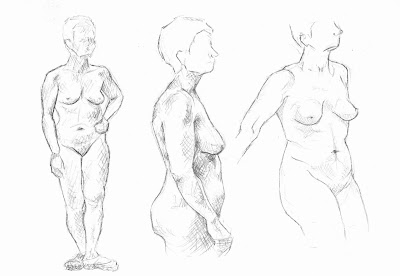It may seem a little odd
journeying so far back in time to explain the history of gaming, but games
didn't simply pop out of thin air. First the technology had to exist before the
implication of using it for amusement, and also the concept of gaming had to
originate from somewhere else - quite often arcade games.
| Difference Engine No. 2 |
| Colossus at Bletchley Park |
Before the 1960s, most
computers were the size of a room and were solely used for business purposes.
Until people began thinking, why not make them smaller and personal? Why don't
we make them fun?
The first games were
created a century after Babbage's design. In 1947 the earliest electronic game
was made - the Cathode-Ray Tube Amusement Device, inspired by World War II
radar displays. However, due to its expense, it was never released to the
public market.
Instead, many people
consider Tennis for Two to be the
first game. Invented by physicist William Higinbotham in 1958, it was a simple
interactive game that mimicked table tennis and was displayed on an
oscilloscope.
Then in 1962, MIT student
Steve Russell created a two man combat game called Spacewar. Although successful, he held no copyright on it nor did
he make any money from sales - the game was designed and developed simply to
show that it could. However, once again, since computing equipment was so
expensive at the time, making games for the general public didn't have much
practical application.
A decade later, Atari,
founded by Nolan Bushnell, released Pong.
Though this caused a little fiasco when Magnavox released Odessey and got into
a dispute with Atari over Pong
infringing on the copyrights held by Ralph Baer. Nevertheless, Pong became very successful and Atari
distributed games all over the US
| Pong console |
Unfortunately there was a
crash in the video game market in 1978 - products were sold at reduced rates
and sales were low - something new was needed. Luckily this was about the time Space Invaders was released in Japan
This brings us up to 1980,
the year Namco released probably the most popular and well-known game of all
time - Pac-Man.
References:
Kent,
S L. 2001. The Ultimate History of Video
Games. Prima Publishing.
http://www.cs4fn.org/history/colossus.php
Image References:
atomictoasters.com, history-computer.com, hardcoregaming101.net, gamester81.com
Image References:
atomictoasters.com, history-computer.com, hardcoregaming101.net, gamester81.com










































